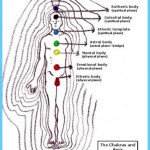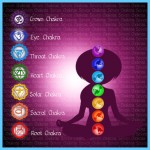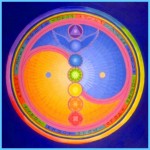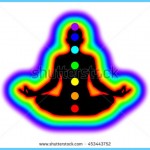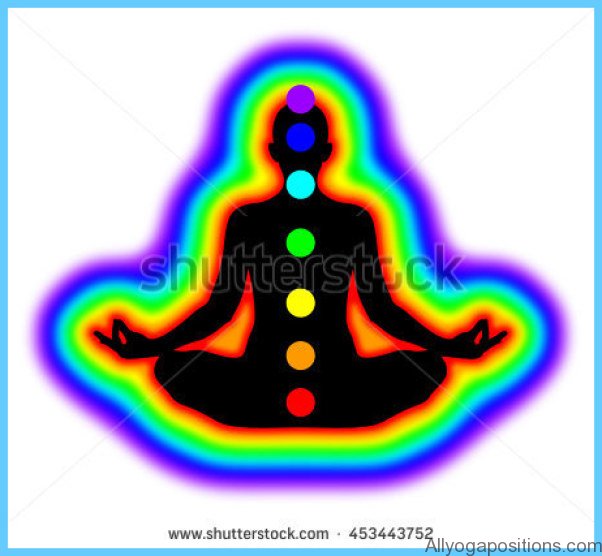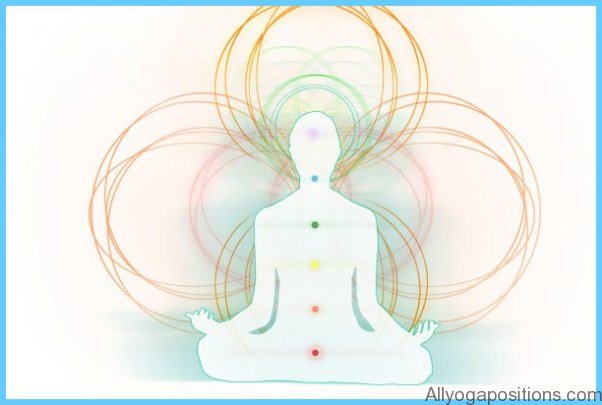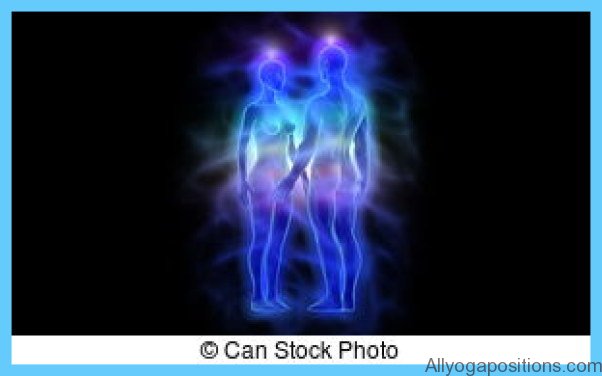Working with subtle energy plays an important role in Ayurvedic healing. Indian Head Massage techniques harmonise subtle energy in three ways – through massage, chakra balancing and marma points. To harmonise subtle energy can help individuals realise their highest potential.
Aura and Chakras Photo Gallery
The aura
Every living thing – whether plant, animal or human – has its own subtle energy co-existing with the physical. The energy field permeating and surrounding living things is known as the ‘aura’. Energy within the aura is given different names in different cultures (e.g. ‘chi’ in China, ‘ki’ in Japan and ‘prana’ in India). In the West
The chakras
Chakras are energy centres within the aura, each chakra forming a layer that reflects aspects of being. The earliest known mention of chakras is found in the Upanishads, ancient Vedic texts dating back around 4000 years that primarily discuss meditation and philosophy. Chakra philosophy plays an important role in Hinduism and other Asian cultures, and more recently has been embraced in Western cultures by the New Age movement.
The word chakra comes from the Sanskrit ‘cakra’ meaning ‘wheel’ and is sometimes referred to as ‘wheel of light/life’, which conveys the idea of spinning energy, as chakra energy is said to flow in ceaseless movement. Male and female chakra points spin in opposite directions, enabling these energies to complement each other.
Traditional texts refer to seven main chakras, although emerging thought in the New Age movement refers to an awareness of twelve main chakras, reflecting man’s evolvement. The seven main chakras emanate from the spine – from the base of the spine to the crown of the head. Secondary chakras are located around the body (e.g. on the palms and soles). Each chakra has a distinct vibration, increasing in intensity from the slower, denser vibration of the root chakra, to the higher, faster vibration of the crown.

